1. Zeus
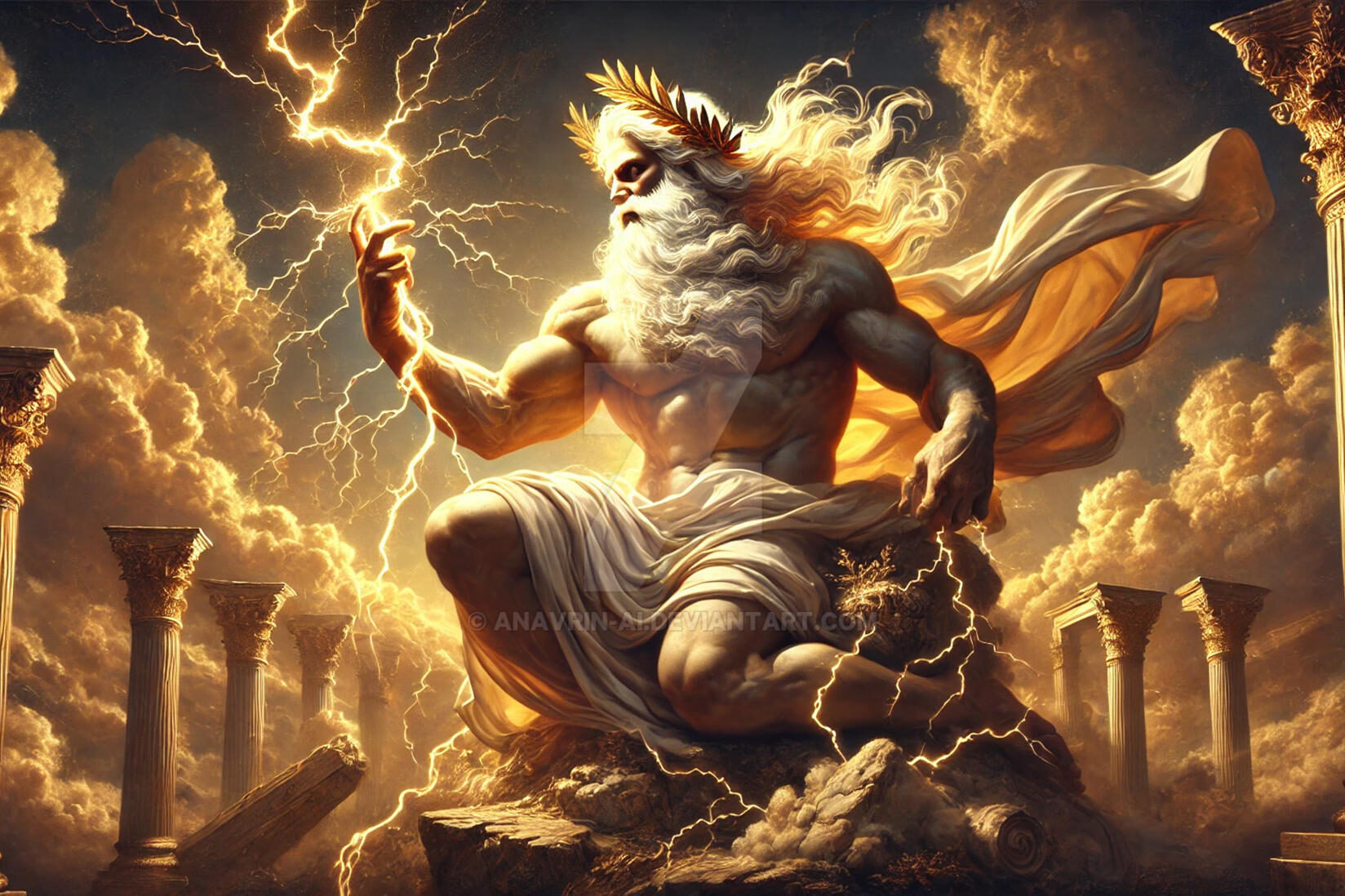
Zeus, the mighty king of the gods in ancient Greece, also made an appearance in Roman mythology as Jupiter. Both figures ruled the heavens and were closely associated with thunder, lightning, and law. While Zeus was the most prominent in Greek culture, he also influenced the broader Mediterranean region, particularly through the Romans. In fact, many Greek temples dedicated to Zeus were later repurposed for Jupiter worship. The attributes of both gods were almost interchangeable, making them symbols of divine authority. In addition to his thunderous powers, Zeus was seen as a protector of justice and moral order in both Greek and Roman traditions shares the Conversation.
While his name and mythology varied slightly, the essence of Zeus/Jupiter spread across various civilizations. For the Romans, he became a symbol of strength and protection for the empire, much like Zeus had for Greece. Temples dedicated to him dotted the Roman landscape, with the most famous being the Temple of Jupiter Optimus Maximus in Rome. These temples weren’t just places of worship; they were also political hubs where the empire’s leaders sought favor. Across cultures, Zeus/Jupiter represented not just divine might, but also the importance of maintaining order in society says Discover Magazine.
2. Isis
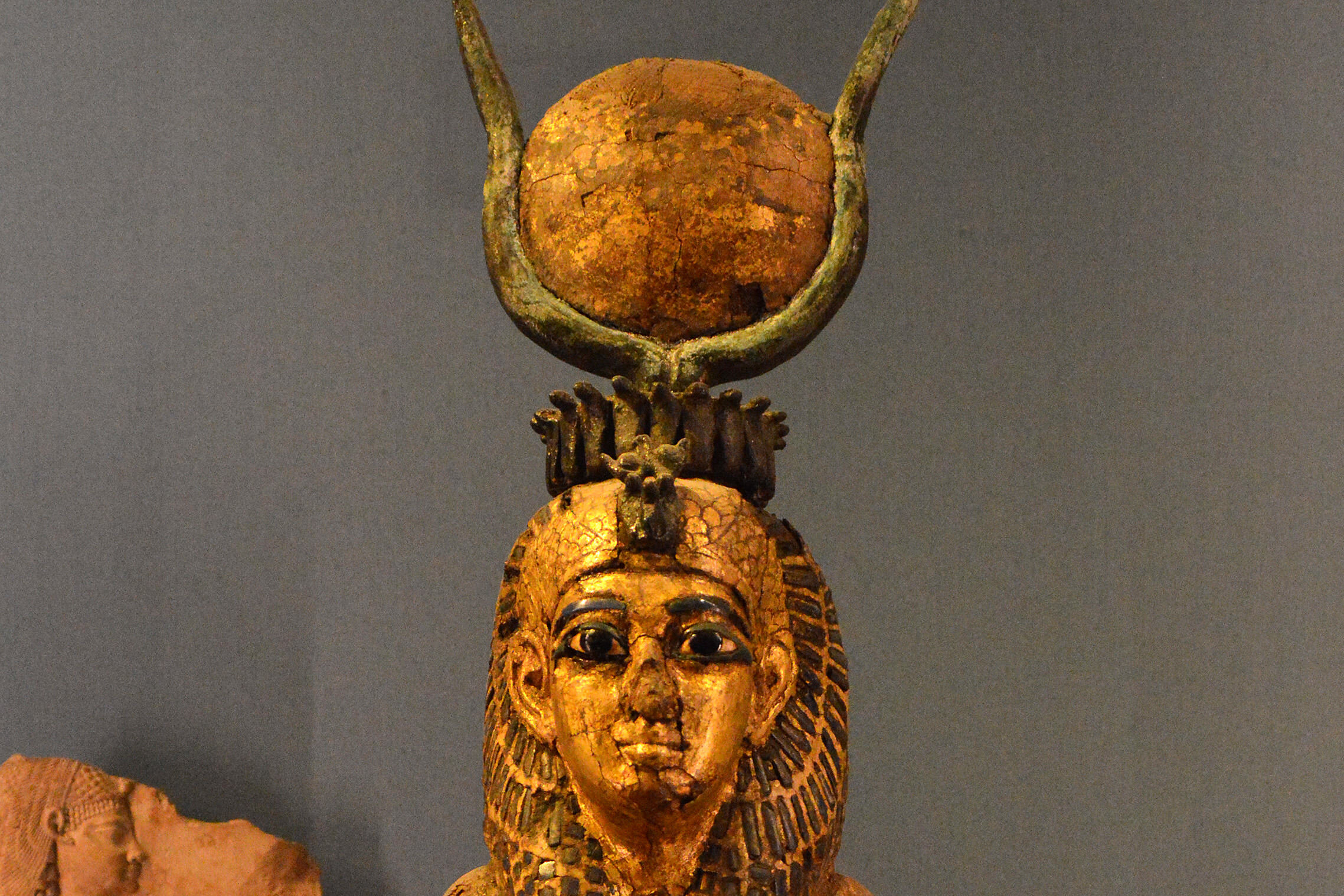
Isis, originally an Egyptian goddess of magic and motherhood, found her way into the hearts of worshipers across the Mediterranean world. Over time, she became one of the most widely venerated deities in the ancient world, especially in Rome. Known for her wisdom, healing powers, and nurturing qualities, Isis was often depicted as a protector of families and the underprivileged. Her cult reached its height during the Ptolemaic period in Egypt and spread throughout the Roman Empire. Temples dedicated to Isis were built in places as far-reaching as Pompeii and Rome says Fox 59.
What made Isis especially beloved was her role as a goddess who could help people navigate life’s challenges, whether through childbirth, illness, or personal hardships. As the goddess of magic, she was also considered an expert in the occult and the mystical arts, making her popular among those seeking spiritual guidance. Her imagery, especially her association with a throne, reinforced her role as a powerful figure in both the spiritual and earthly realms. People from diverse cultures, including Romans, Greeks, and Egyptians, turned to her for protection and divine intervention.
3. Hera
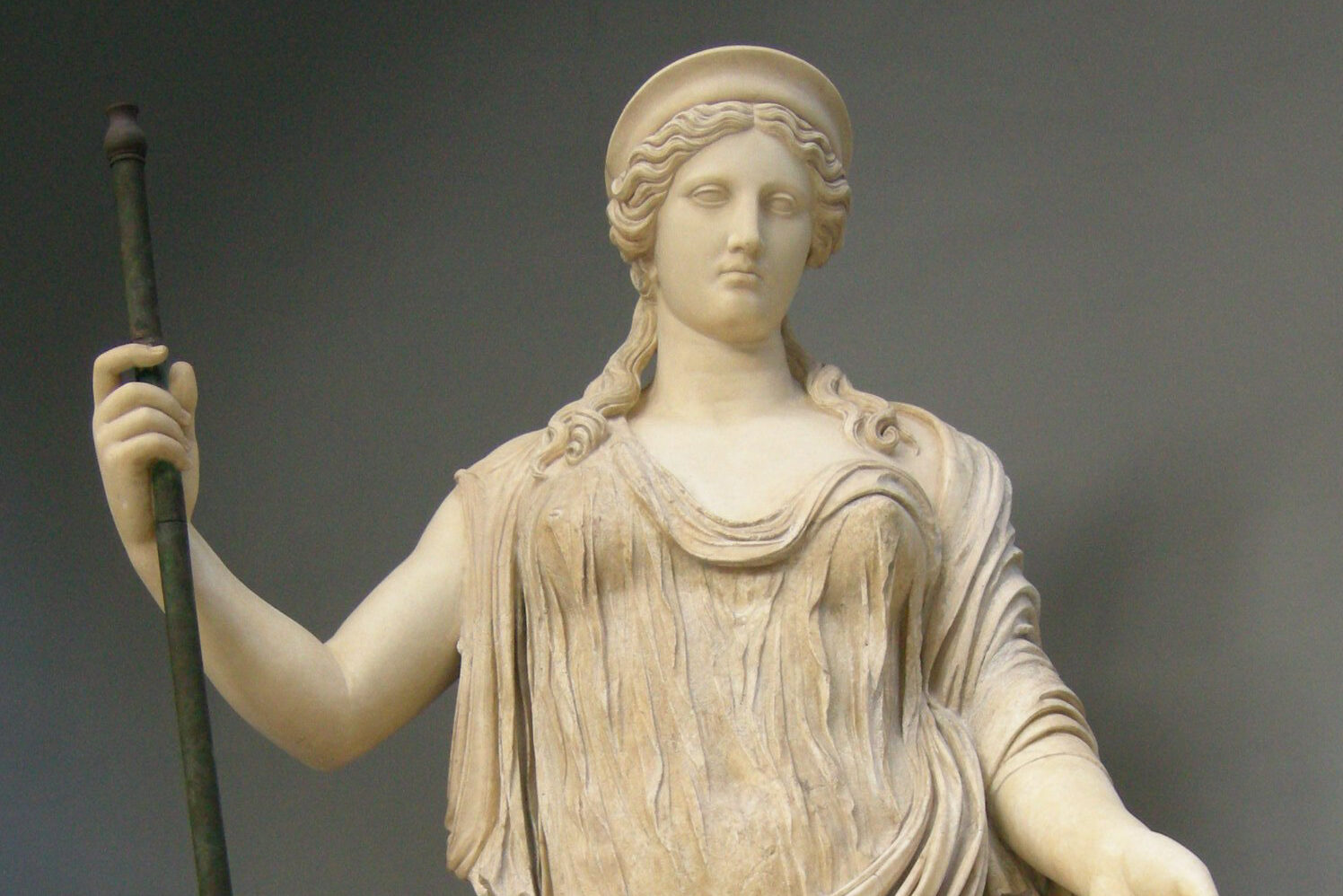
Hera, the Greek queen of the gods, was revered not only in her homeland but also by many other civilizations that interacted with Greek culture. Known for her role as the goddess of marriage and family, Hera was central to the values of unity and societal stability in ancient Greece. Her Roman counterpart, Juno, carried many of the same responsibilities, especially in overseeing the well-being of women and children. As the wife of Zeus, she was also seen as a protector of the divine order shares Paste Magazine.
Despite her connection to marriage, Hera was not always a picture of harmony. Her jealousy and vengeful tendencies, especially toward Zeus’ many lovers, were well-known. However, it was precisely these qualities that made her a relatable figure for worshipers who sought her aid in personal matters, particularly in the realm of relationships and familial affairs. Hera’s presence in temples and shrines across the Greek world, as well as in Roman religious practices, made her one of the most significant deities in the ancient Mediterranean world.
4. Aphrodite
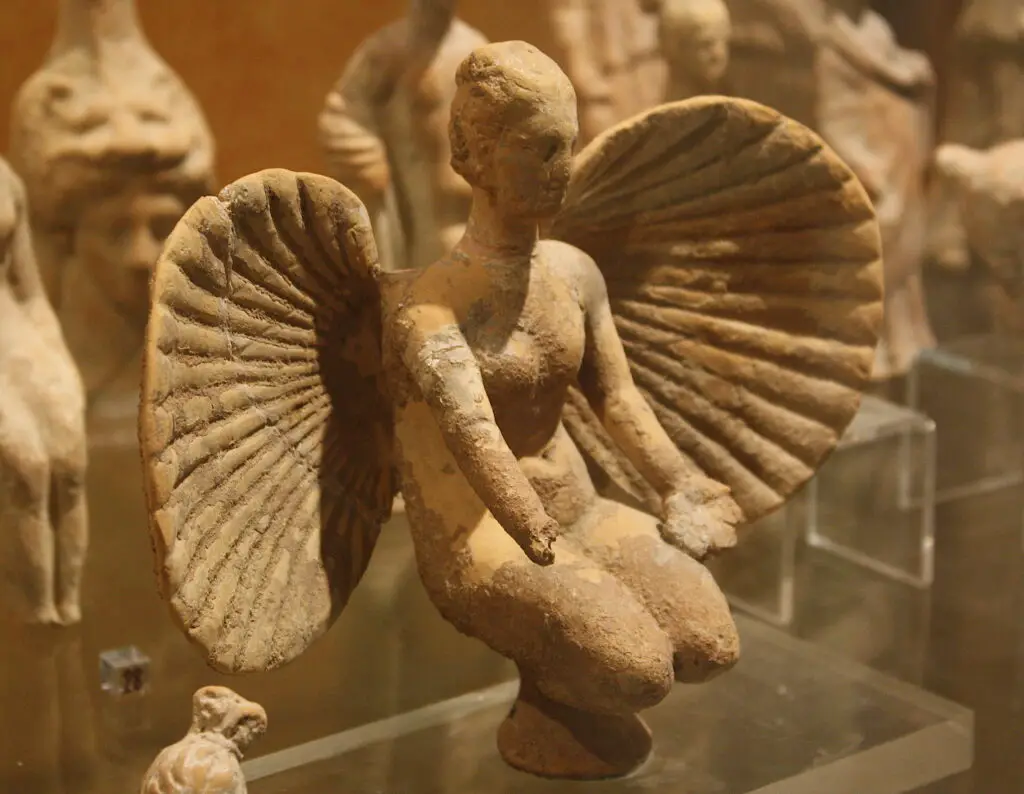
Aphrodite, the Greek goddess of love, beauty, and desire, captured the imagination of multiple civilizations beyond Greece. The Romans worshipped her as Venus, and her presence stretched from Egypt to India, where she was celebrated in various forms. Known for her enchanting beauty and romantic allure, Aphrodite was the ultimate symbol of love in all its forms—whether passionate, divine, or unrequited. Her mythological tales, which often involve complex love stories and love-induced chaos, made her a widely recognized figure across cultures.
In Rome, Venus took on even more significance as a symbol of fertility and prosperity, especially in the context of imperial power. The connection between Venus and the Roman emperor was particularly strong, as rulers often sought to link their legitimacy to the goddess’s favor. Temples dedicated to her dotted the Roman world, and her influence extended even further into everyday life. For people seeking love or beauty, Aphrodite/Venus offered a divine connection that transcended cultural boundaries.
5. Osiris
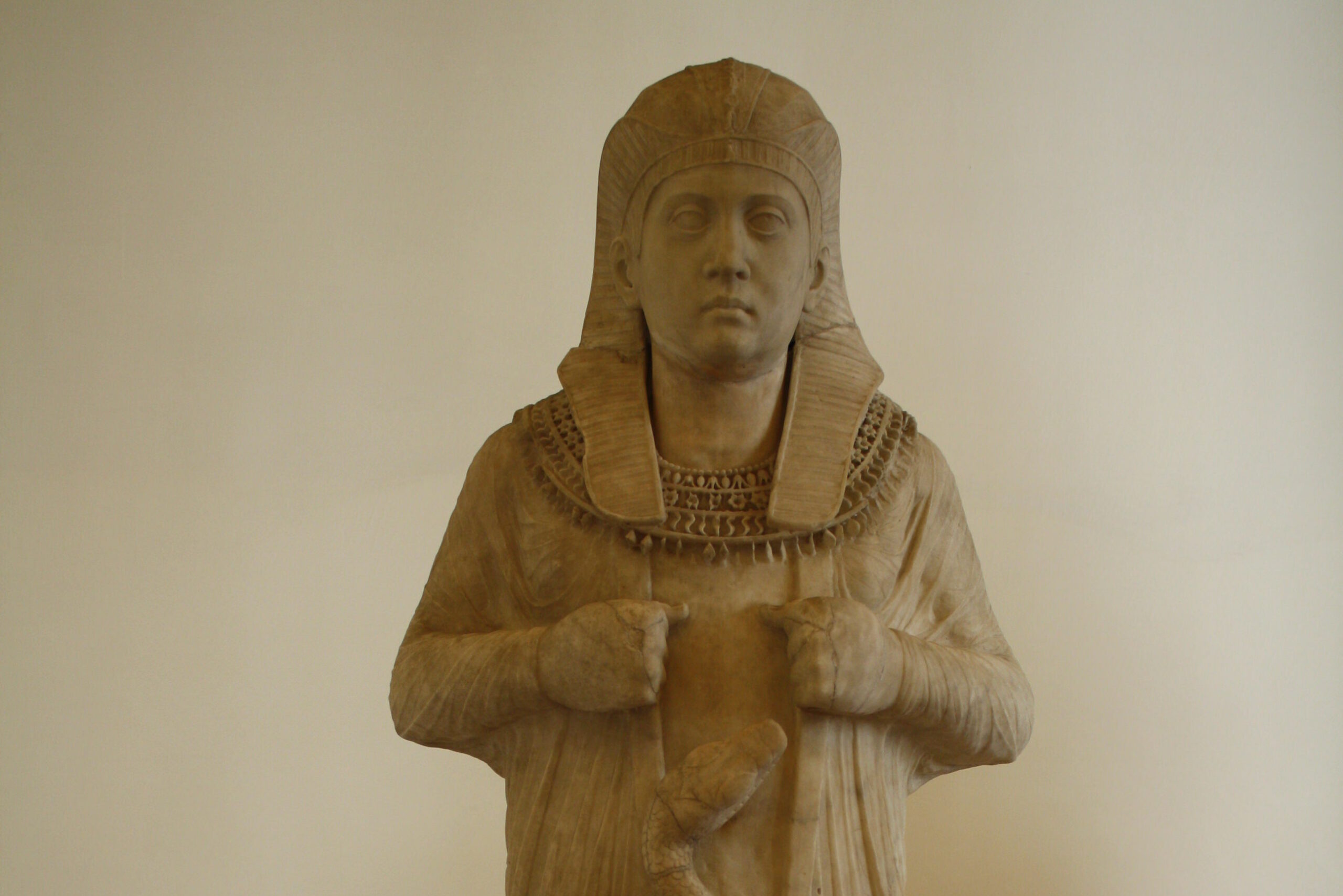
Osiris, the ancient Egyptian god of the afterlife and resurrection, wasn’t confined to Egypt’s borders. His influence spread throughout the Mediterranean and into the Near East, where he was worshipped by many. Osiris’ journey as a god of death and rebirth made him a powerful symbol of eternal life. His myth, which tells of his murder by his brother Set and subsequent resurrection by his wife Isis, resonated deeply with those in search of spiritual renewal. His story also linked him to the cycles of nature, as he was seen as the deity who governed the flooding of the Nile, which was crucial for Egyptian agriculture.
In addition to Egypt, Osiris became a symbol of death and the afterlife in many other ancient cultures, including Greece and Rome. Roman emperors, especially those with an interest in Egyptian culture, adopted Osiris into their religious practices. His cult was known for its mystery and for providing a sense of hope in the afterlife, with followers believing in an eventual resurrection. Temples to Osiris could be found in various Mediterranean cities, where worshipers sought his blessing for a prosperous afterlife.
6. Amun
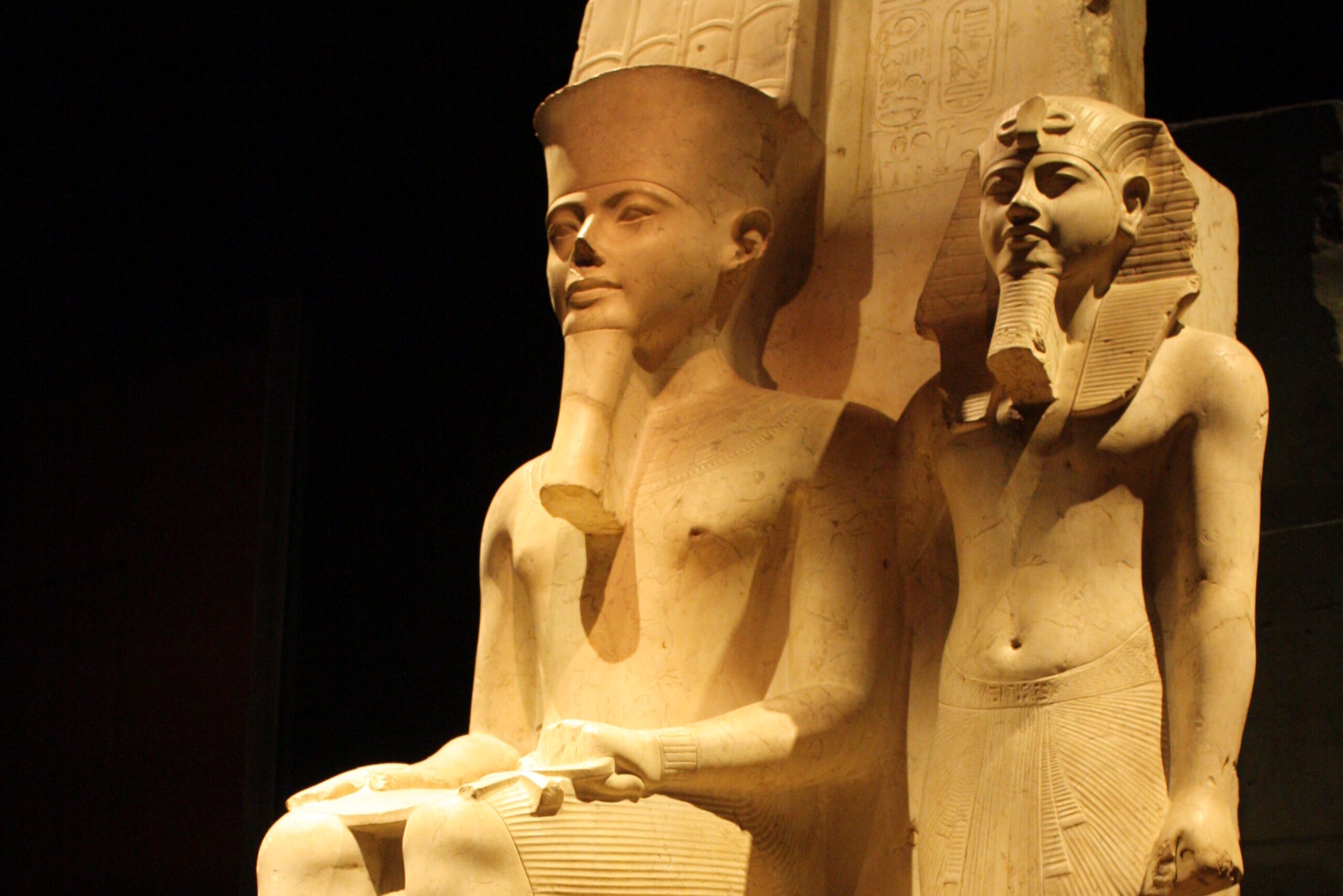
Amun, another god from Egypt, was widely recognized in the ancient world as a creator god and a king of gods. He was initially worshipped in Thebes, but over time, his cult expanded far beyond the borders of Egypt, especially during the New Kingdom. Amun was often depicted as a man with a ram’s head or simply as a ram, representing fertility and creation. His influence was such that he became one of the most important deities in the Egyptian pantheon, often linked with the sun god Ra, forming the composite god Amun-Ra.
Amun’s reach extended to regions outside Egypt, particularly through the Hellenistic influence of Alexander the Great. In fact, Alexander was even declared the son of Amun, solidifying his divine right to rule. Amun’s temples were some of the grandest in Egypt, including the Temple of Karnak, which became a major religious center. His worship also spread into Nubia, where kings adopted the deity as a symbol of divine kingship. His legacy as a universal creator god made Amun a key figure in the spiritual lives of many ancient civilizations.
7. Hermes
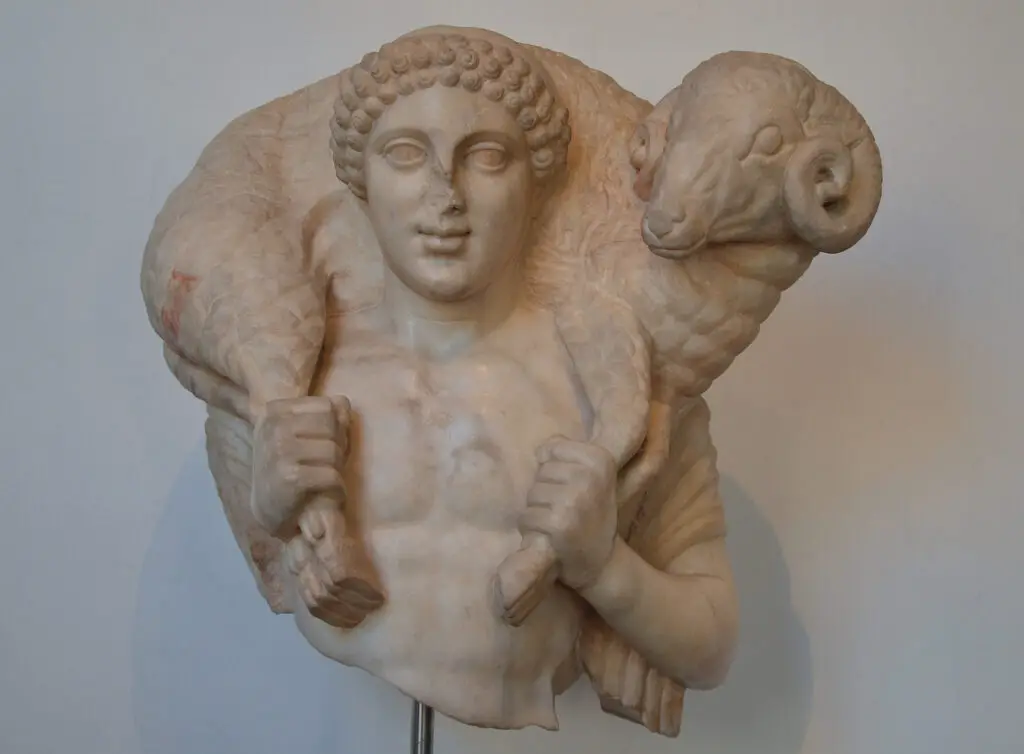
Hermes, the Greek god of communication, travel, and trickery, was embraced by many other cultures, particularly the Romans, where he was known as Mercury. As the messenger of the gods, Hermes’ role was vital in Greek mythology, guiding souls to the underworld and acting as an intermediary between gods and mortals. His association with merchants and travelers made him especially popular in cosmopolitan areas like Athens and Rome. The Roman Mercury adopted many of Hermes’ traits, particularly the caduceus, the staff with two snakes that symbolized healing and commerce.
His influence reached far beyond Greece and Rome, with Hermes’ attributes merging into the spiritual practices of various cultures. In Egypt, he was identified with Thoth, the god of wisdom and writing, further solidifying his role as a god of communication and knowledge. His ability to move between worlds, both earthly and divine, gave him a unique place in the hearts of worshippers who sought his guidance in both everyday matters and more profound spiritual questions. As the patron of both athletes and thieves, Hermes’ complexity made him a compelling figure for many ancient civilizations.
8. Athena
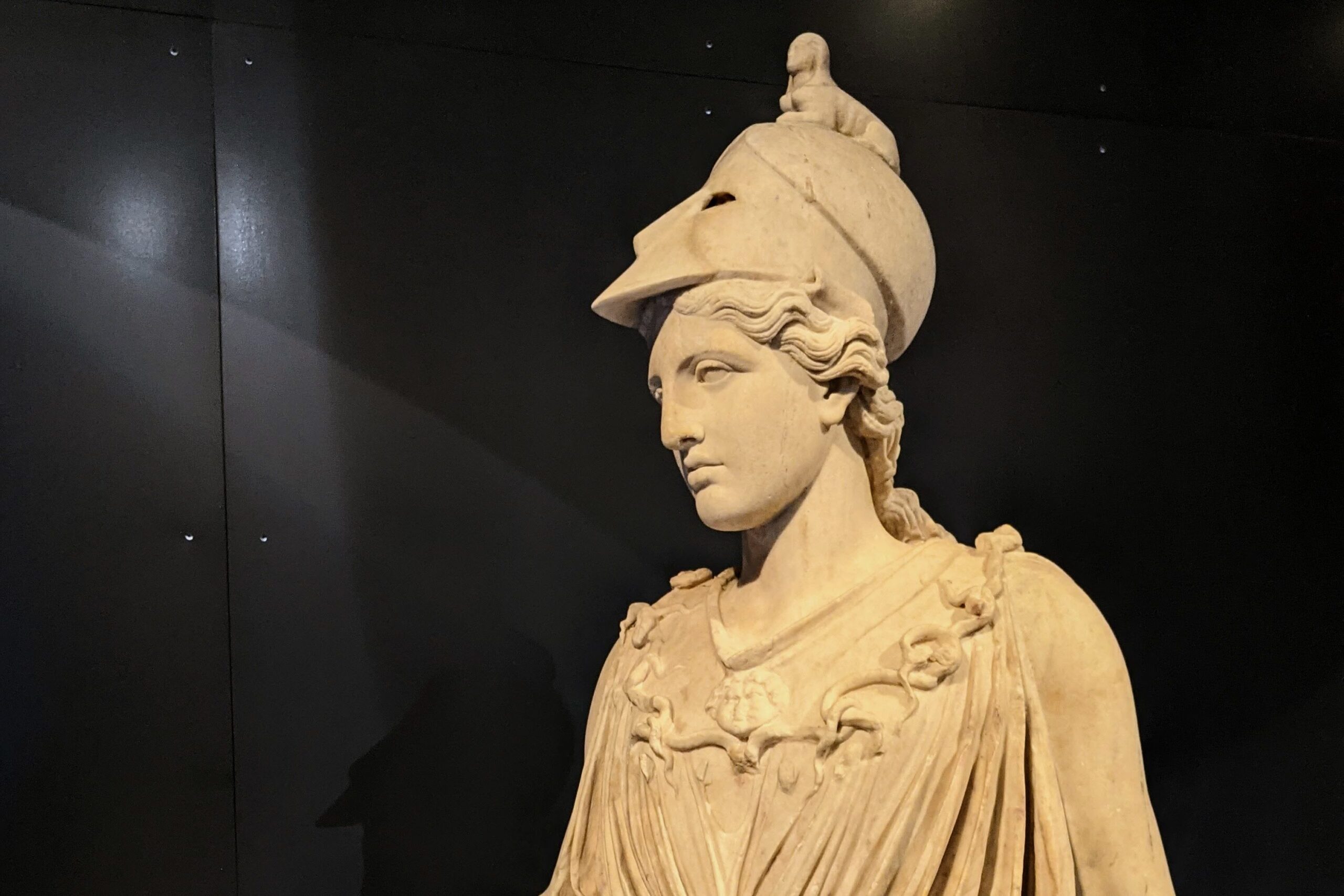
Athena, the Greek goddess of wisdom, courage, and warfare, was worshipped across multiple civilizations, not only in Greece but also in the broader Mediterranean. Known for her strategic thinking and fair judgments, Athena was revered as a protector of cities, particularly Athens, which named itself after her. Her Roman counterpart, Minerva, shared many of the same attributes, making her an important figure in Roman religion and culture. Athena’s association with wisdom extended to both war and peace, emphasizing strategy over brute force.
In addition to being a warrior goddess, Athena was also a patron of crafts, particularly weaving and pottery, making her beloved by artisans and intellectuals alike. Her image, often depicted with armor and a shield, was a common sight in Greek and Roman art, symbolizing both strength and intellect. As a protector of cities, her influence stretched far beyond Greece, where temples dedicated to her were established in foreign lands. Her wisdom was a guiding force for many, making her an enduring figure in ancient Mediterranean civilizations.
9. Apollo

Apollo, the Greek god of the sun, music, and prophecy, was one of the most influential deities in the ancient world, with a widespread cult that stretched from Greece to Rome and beyond. His Roman counterpart, also called Apollo, inherited many of his attributes, including the association with healing, music, and light. Apollo’s connection to prophecy, especially through the Oracle of Delphi, made him central to religious practices, where people sought his guidance for everything from political decisions to personal matters. His role as a healer also made him an important figure in ancient medicine.
As the god of the sun, Apollo was seen as a purifier, whose rays brought both life and destruction. His influence extended far beyond the religious realm, touching art, music, and philosophy. In Rome, Apollo was linked with Augustus, who sought to align himself with the god’s attributes of order and foresight. Apollo’s temples could be found throughout the Roman Empire, underscoring his importance in the cultural and spiritual life of both Greeks and Romans alike.
10. Dionysus
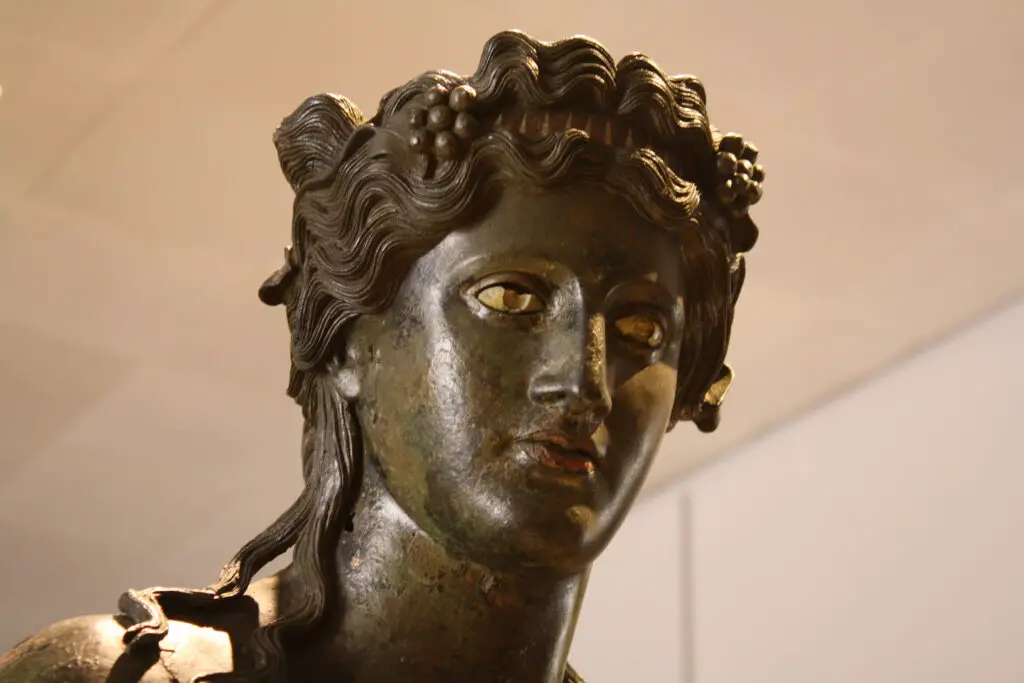
Dionysus, the Greek god of wine, revelry, and ecstasy, was another figure whose worship spread far beyond Greece. Known for his ability to induce both joy and madness, Dionysus was revered for his liberating influence, allowing people to escape from the constraints of daily life. His Roman counterpart, Bacchus, was celebrated in much the same way, with festivals dedicated to both gods becoming wild, ecstatic events. Dionysus’ role in the cycle of life and death, as well as his link to fertility, made him central to many agricultural and social rituals.
His influence was particularly strong in areas that valued ritual celebration and community gatherings. Dionysus was also associated with theater and the arts, particularly tragedy, which became a major cultural force in both Greece and Rome. Temples dedicated to him became places of celebration, where wine, dance, and music united people in an experience of divine madness. The cult of Dionysus/Bacchus was widespread, with followers often seeking to connect with the divine through ecstatic rituals and communal feasts.
11. Mithras
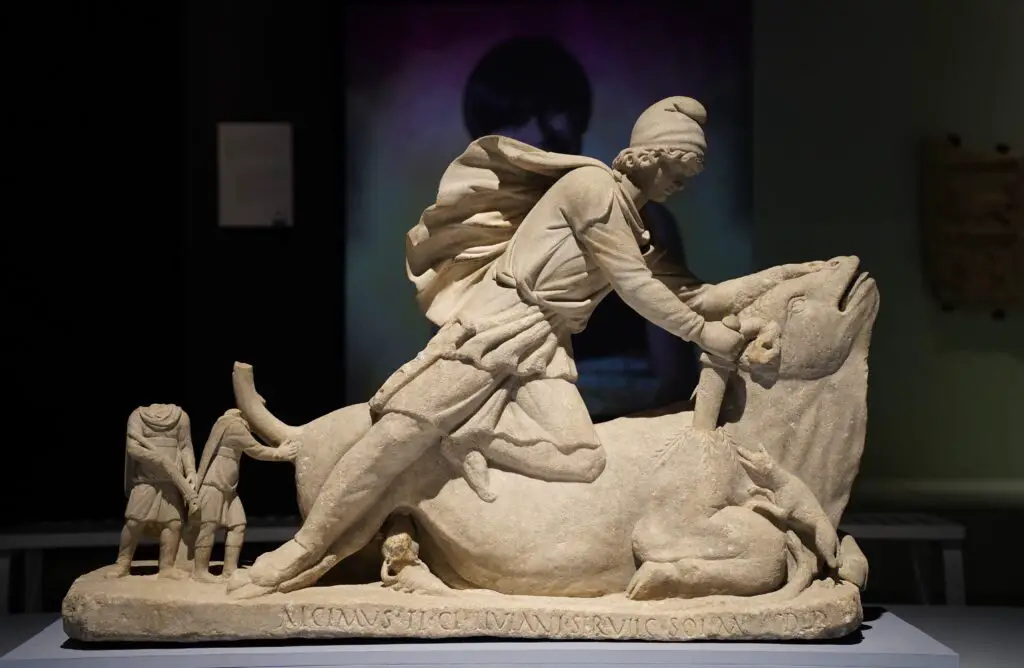
Mithras, a god of light and soldiers, was particularly popular in the Roman Empire, where his cult gained a significant following. Originating from Persia, Mithras’ association with the sun and his role as a divine protector made him a central figure for Roman soldiers. The Mithraic mysteries, a secretive religious cult, flourished in the Roman world, with underground temples and rituals that often included animal sacrifices. Mithras was often depicted slaying a bull, a symbolic act representing the triumph of life over death.
Mithras’ appeal extended beyond the military, as his cult promised salvation and protection from evil forces. Followers believed that Mithras could guide them to eternal life, much like other mystery religions of the time. His worship spread across the Roman Empire, particularly in areas with a strong military presence, where soldiers adopted him as their patron god. The Mithraic temples, known as Mithraea, were often hidden beneath Roman cities, suggesting the secretive nature of his worship.
12. Freyja
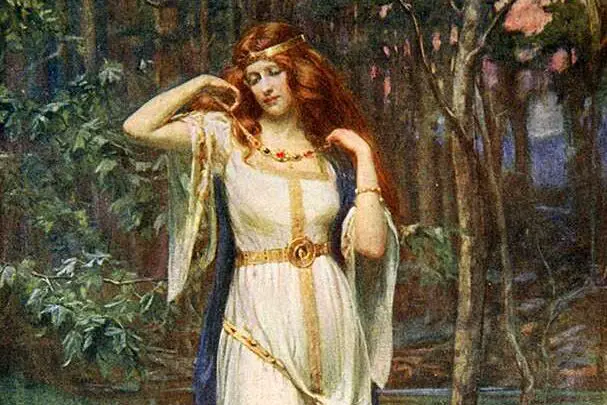
Freyja, the Norse goddess of love, beauty, and war, was venerated not only in Scandinavia but also across Germanic cultures. Known for her beauty and her ability to command both love and battle, Freyja was a powerful figure in Viking and Norse mythologies. Her Roman counterpart, Venus, shared similar attributes, particularly in matters of love and fertility. Freyja was often depicted as riding a chariot pulled by cats, symbolizing her connection to both domesticity and strength.
In addition to her role as a goddess of love, Freyja was also associated with war and death. She was believed to have the power to choose half of the fallen warriors who would be taken to Valhalla, the afterlife realm of heroes. This dual role of love and battle made Freyja a complex and multifaceted goddess, whose influence was felt across a wide range of societal roles. Freyja’s worship, like that of other gods and goddesses in the Norse pantheon, was integral to the spiritual and cultural life of the Viking world.
13. Hecate
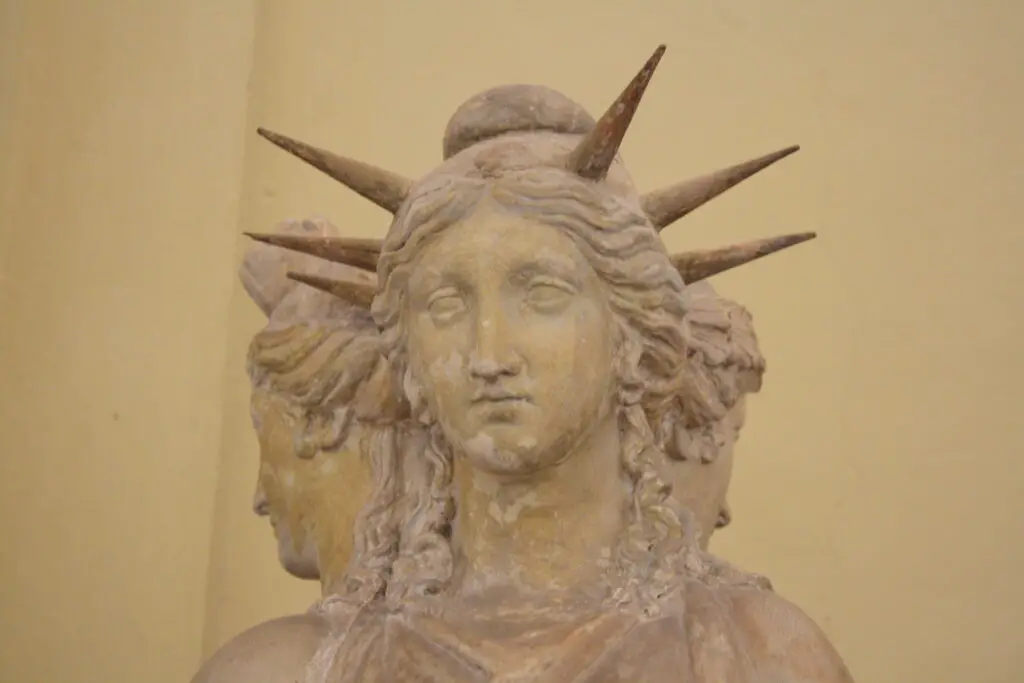
Hecate, the Greek goddess of magic, witchcraft, and the moon, was another figure whose influence spread across different cultures. In Greece, she was revered as a goddess of the crossroads, where she was said to offer guidance during times of decision and transformation. Her Roman counterpart, Trivia, shared many of the same attributes, and her worship extended to other parts of the Roman Empire. Known for her association with magic and the occult, Hecate became a key figure for those seeking power over the unseen forces of the world.
Hecate’s role as a guardian of boundaries, both physical and spiritual, made her particularly significant in rituals involving liminality, transitions, and personal change. In addition to her connection to witchcraft and magic, Hecate was also seen as a goddess of the moon, further tying her to the cycles of nature and time. Her worship was often practiced in secrecy, with devotees invoking her powers in private ceremonies. Across civilizations, Hecate’s mysterious and powerful persona made her a revered figure for those looking to unlock the hidden forces of the universe.
14. Tiamat
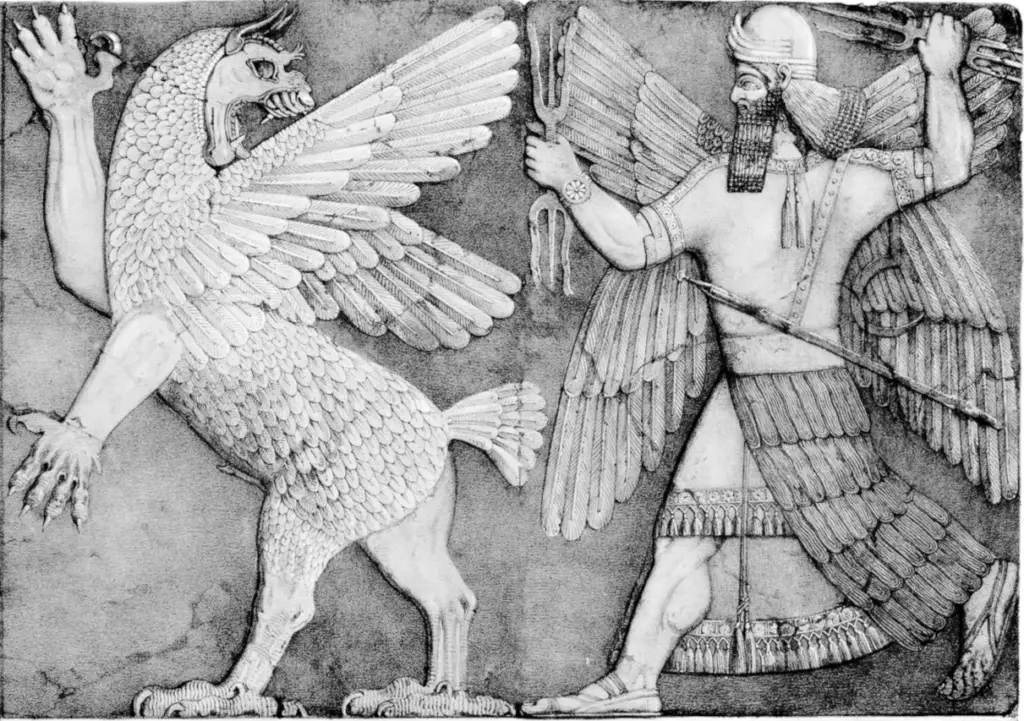
Tiamat, a primordial goddess in Mesopotamian mythology, was worshipped primarily in Babylon and Sumer but had a lasting influence across various Near Eastern cultures. Known as a chaotic sea goddess who embodied the saltwater oceans, Tiamat’s story is one of creation and destruction. According to the Babylonian creation myth, the god Marduk defeated Tiamat in battle, using her body to create the world. Despite her defeat, Tiamat remained an important figure in the pantheon, symbolizing the forces of chaos that were eventually tamed by order.
Tiamat’s worship was part of a broader tradition that revered the forces of nature and chaos. Her image was often associated with serpents and dragons, symbols of untamed power. Though her role in mythology often placed her in opposition to the gods, Tiamat was also seen as a necessary force in the cosmic balance. Her worship extended beyond Babylon, with her figure appearing in ancient texts and art throughout the Near East, reminding people of the ever-present tension between order and chaos in the universe.
15. Quetzalcoatl
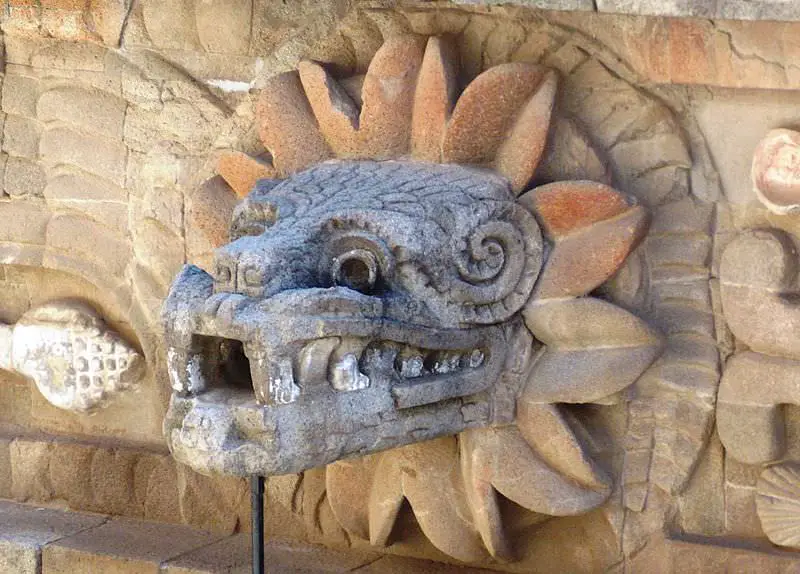
Quetzalcoatl, the feathered serpent god of Mesoamerican cultures, was one of the most important deities in both Aztec and Toltec civilizations. As a god of creation, wind, and learning, Quetzalcoatl played a central role in the mythology of ancient Mexico. His influence extended across many regions, where he was worshipped in various forms. Known for his association with the wind and rain, Quetzalcoatl was considered a benefactor who brought civilization to the people.
Quetzalcoatl was also revered as a god of wisdom and knowledge, with priests and scholars often seeking his guidance in matters of the intellectual and spiritual realms. His image, as a feathered serpent, became one of the most recognizable symbols of Mesoamerican art and religion. Even after the fall of the Aztec Empire, Quetzalcoatl’s legacy endured in various forms, particularly in the cultural practices of indigenous peoples in Central America. His worship connected the people to both the natural world and the divine forces that governed their lives.
